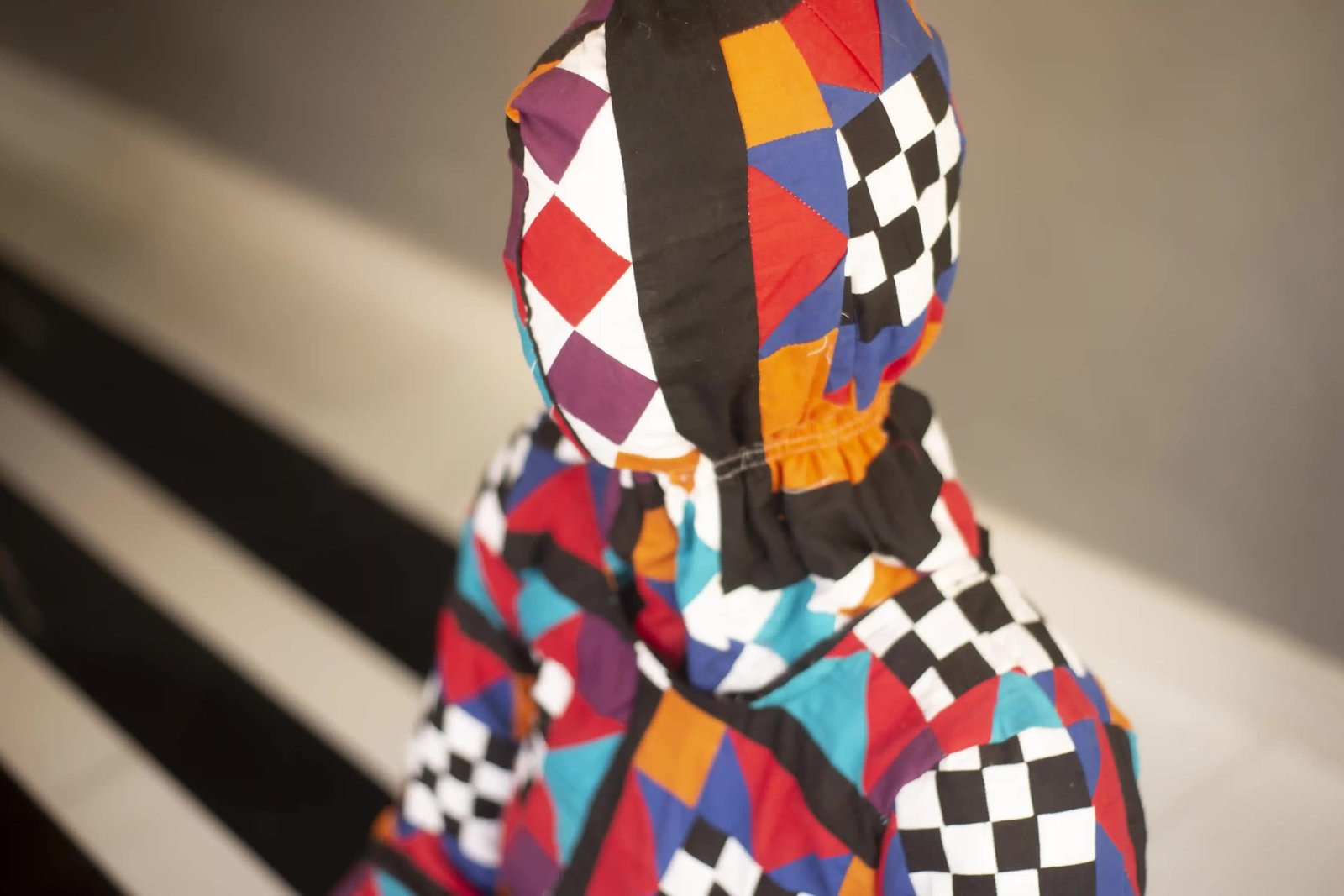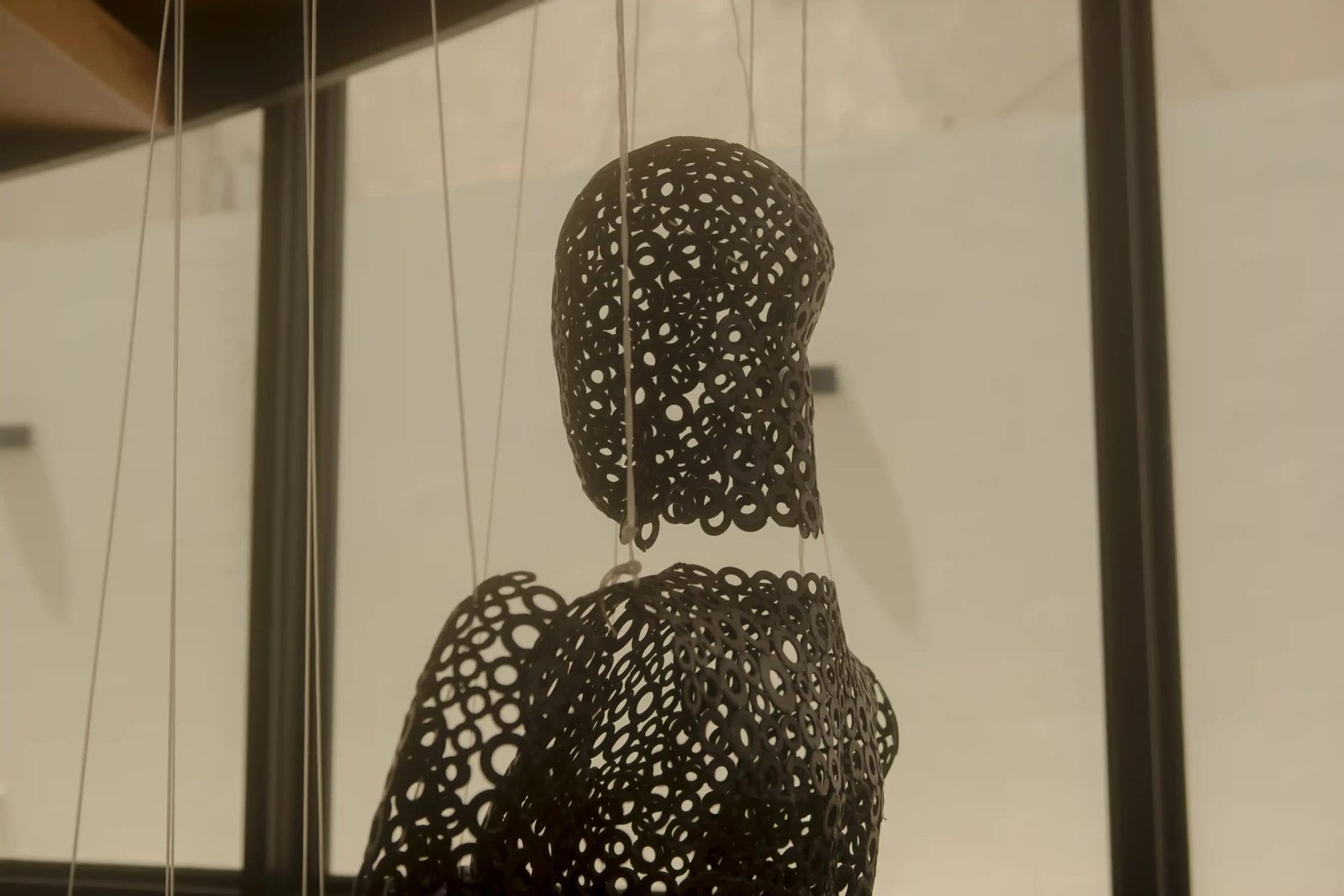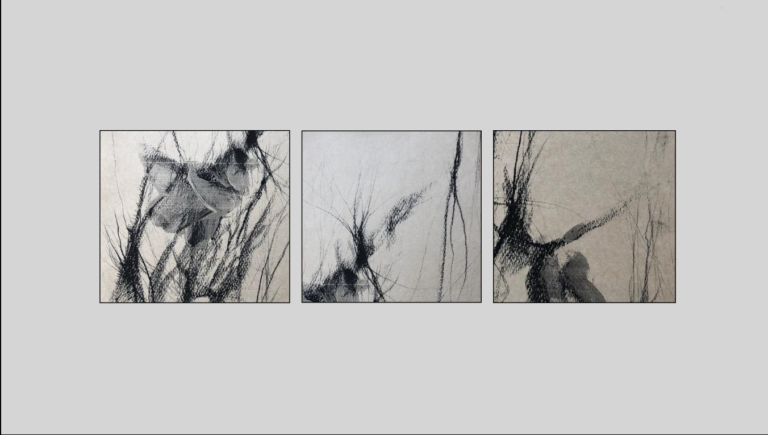My map is called Sonance and it charts the course of the Indus River from the north as it passes down south exploring themes of (a) displacement, (b) loss, (c) conflict and (d) ecological disaster. This work will be added to and what you see here is the first chapter.
There are two texts that form the foundation of this work. First, is a newspaper story that I read a few years ago about women that drowned in the river Indus and the locals alleged that at least one woman was possessed by Djinns which is why she had jumped.
The other text is the Indus Water Basin Treaty between India and Pakistan which established the sharing of the Eastern Rivers (for India’s predominant use) and the Western Rivers (for Pakistan’s predominant use). While Partition is often viewed as dividing Hindus and Muslim and carving the Indian sub-continent, Partition also resulted in the division of the Indus Basin which is an integrated geography and this has had implications for the development of both India and Pakistan and their peoples.
This artwork is aimed at bringing attention to the struggles of rural women along the banks of the mighty river Indus, and challenges the post-colonial senses of belonging that continue to impact these communities. The installation uses the body as a map of embodied experiences of these women, while drawing on the traditional patchwork quilt (Rilli) making technique as a powerful symbol of women reclaiming their space and coming together in harmony in a communal effort to resist patriarchal structures.
One of the human figures is made from soft and colourful textured Rilli, which has been sewn together. The other figure is made from metal washers that have been welded together. Both the processes of making a Rilli and welding metal washers to create a body can be considered representative of embodied experiences. In fact, the patchwork quilt method used to create a Rilli is an ode to groups of women in rural Sindh who sit together, telling stories and reliving memories that form the sum of their individual experiences.
The process of welding and joining metal washers together to shape individuals is also a metaphor for how the post-colonial body has been hardened and moulded into shape by the tribulations of colonization.
I also draw inspiration from the ways in which folklore and rumours shape the narratives and identities of women in these communities, and how these stories can, in turn, inspire folklore that is based on the ways women find their identity, freedom, and escape from patriarchal post-colonial structures.
In relation to the Indus Water Basin Treaty and impact it has had on the lives of women in the region (on both sides of the border), I aim to create a space for the voices and experiences of women in these communities to be heard and acknowledged, highlighting their strength, resilience, and resistance.
Through this artwork, I also hope to inspire conversations around post-colonisation and the reclamation of agency and belonging. By using the Rilli as a communal symbol of embodied experiences and drawing on the power of folklore, my work seeks to disrupt colonial structures that have traditionally silenced the voices of women in these communities.












